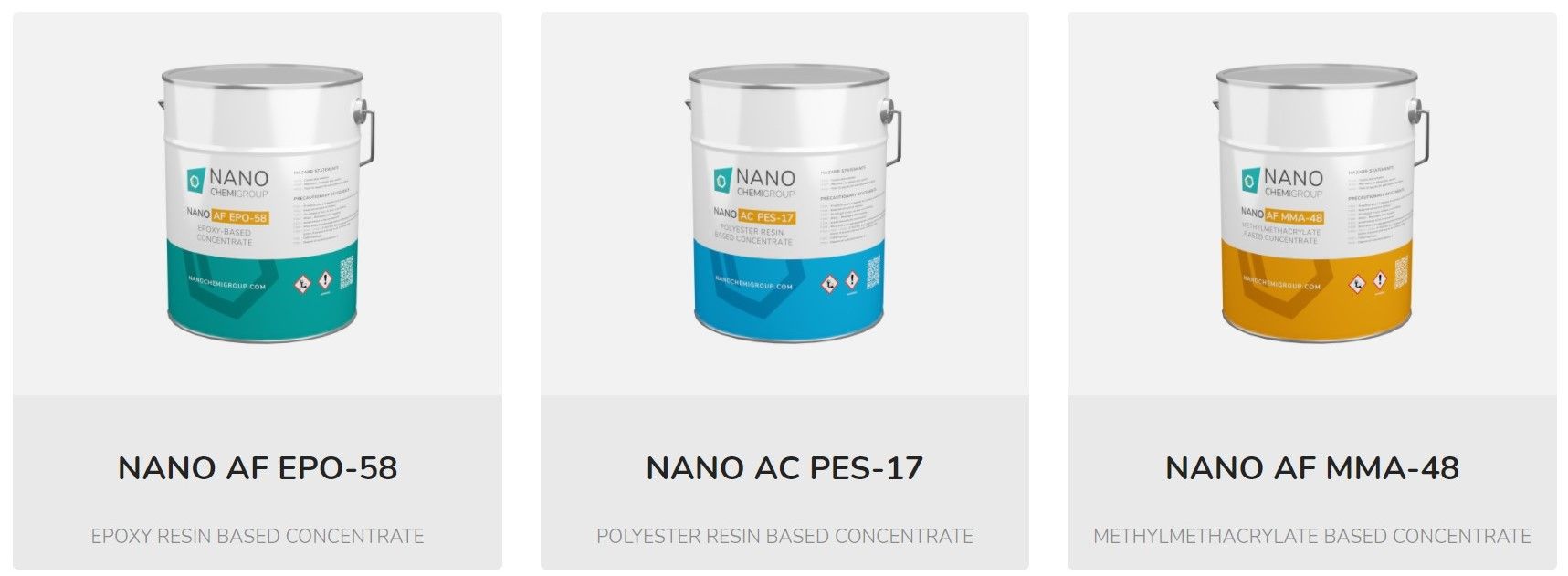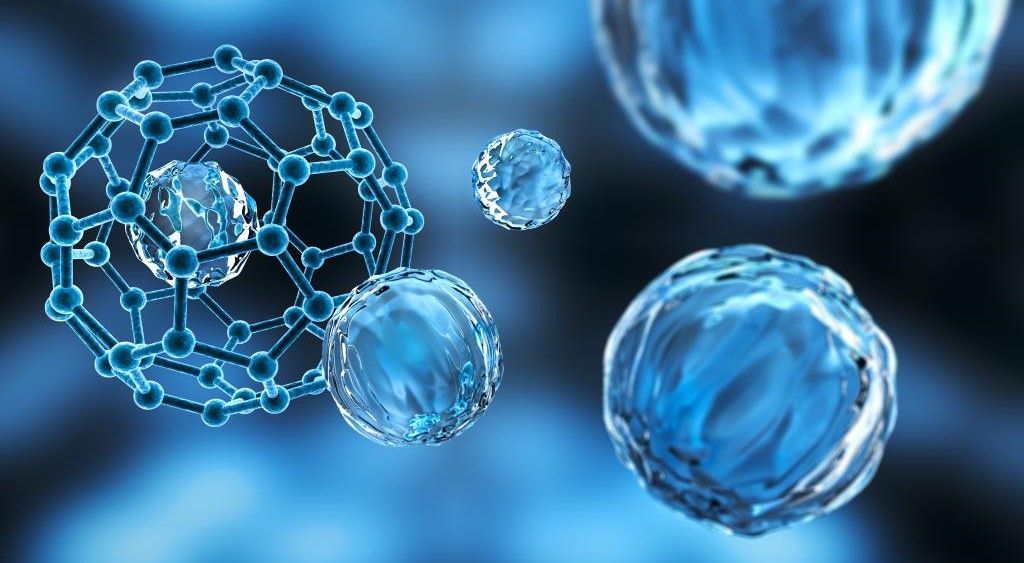Twenty years ago, when material researchers discovered the advantages of using nanotechnology in the manufacture of polymers, they quickly hit upon the problem of cost.
They had just found that adding nanomaterials to a plastic could improve its strength, flexibility, chemical resistance, abrasion resistance, electromagnetic properties, or thermal and electrical conductivity. But they did not yet fully understand how to disperse the nanoparticles evenly throughout the material. This led to parts of a polymer having insufficient nanomaterial, while other places had it clustered all together.
Despite the high cost of nanomaterials at the time, not all the nanoparticles were being used, or (worse still) they were not doing the role they were required to do leading to an under-performing final product.
To avoid this problem, polymer producers were forced to add extra nanomaterials to their mixes to ensure that the properties they wanted would be present.

Today, production costs for nanoadditives and nanoparticles have fallen considerably. But more importantly, researchers have found ways to ensure that nanomaterials are dispersed evenly throughout a polymer.
Further advances in nanotechnology have designed processes where nanomaterials need only be applied to the surface of a polymer. This creates huge cost savings, as the nanoparticles can be placed only where they are needed.
The patented process was developed by nanomaterial researchers in cooperation with industrial suppliers at NANO CHEMI GROUP and is proving a successful approach to lowering raw material expenditure and increasing nanomaterial efficiency.
Furthermore, the novel technique also reduces production costs, as the entire volume of the polymer does not have to be melted for the nanomaterials to be included.

“This patented technology is mainly used in the modification of granular polymer nanomaterials,” explains Lev Lyapeikov, NANO CHEMI GROUP’s Product Development Manager. “There is no complete melting of the polymer, but only a surface treatment of the polymer granules with a layer of nanoparticles. This technology makes it possible to obtain a high-quality dispersion and distribution of nanoparticles on the polymer surface, thus reducing the consumption of expensive nanomaterials and increasing the efficiency and functionality of nanomaterials in modified materials.”
To view the full product portfolio visit NANO CHEMI GROUP.
Nano-restructuring technology is possible on a wide range of plastics (including PC, PP, PE, PA6, PET, PET-G, and others), either with the modification of the material in its entire volume or by modifying only the surface.
“The use of nanomaterials with a particle size in the nanometre range requires thorough preparation of the nanoadditive and pure polymer, as well as the use of the special two-phase modification technology. A nanotechnology process that has been developed and tested by our company,” says Lyapeikov. “Examples of the use of this technology can be found in our product portfolio and in our projects in the development and commercialization phase.”

This latest dispersion technology allows 100% modification of secondary raw materials, both in order to maintain the conventional properties of materials (such as impact strength) at the required level, as well as to obtain new material properties, such as thermally or electrically conductive plastics.
Overall, this new dispersion process improves the economic viability of nanomaterials, allowing the benefits of nanotechnology to be used in more and more everyday items. It is a patented approach to making the application of nanomaterials affordable to manufacturers everywhere.
Photo credit: FLY:D on Unsplash, Emily Bernal, NANO CHEMI GROUP, & Freepik
